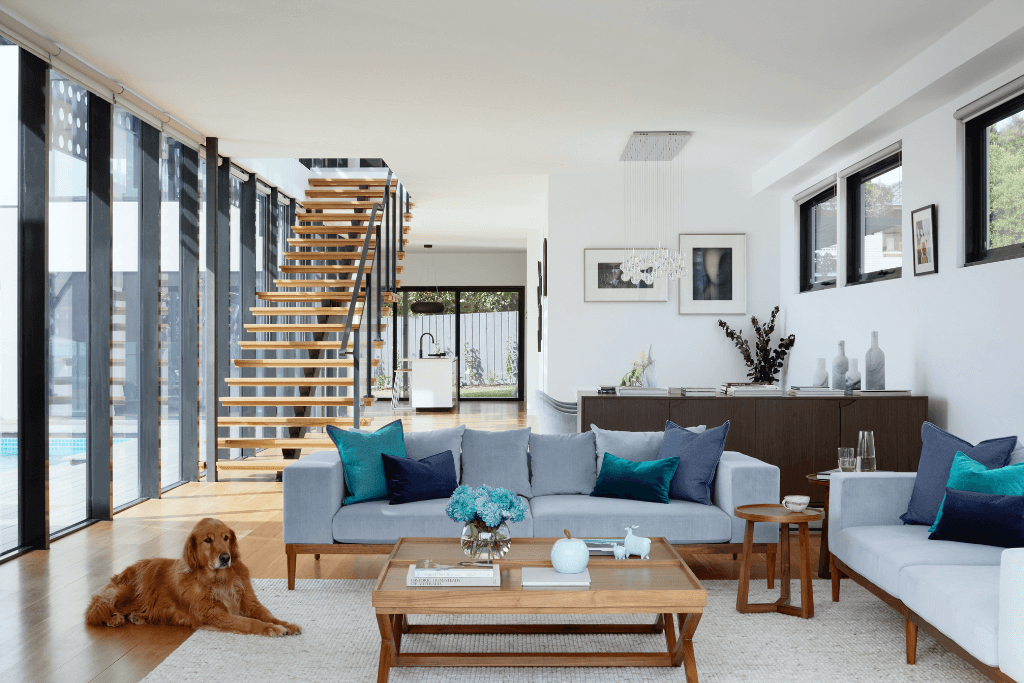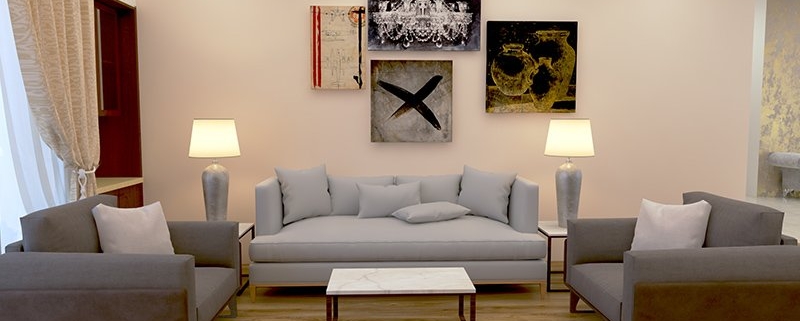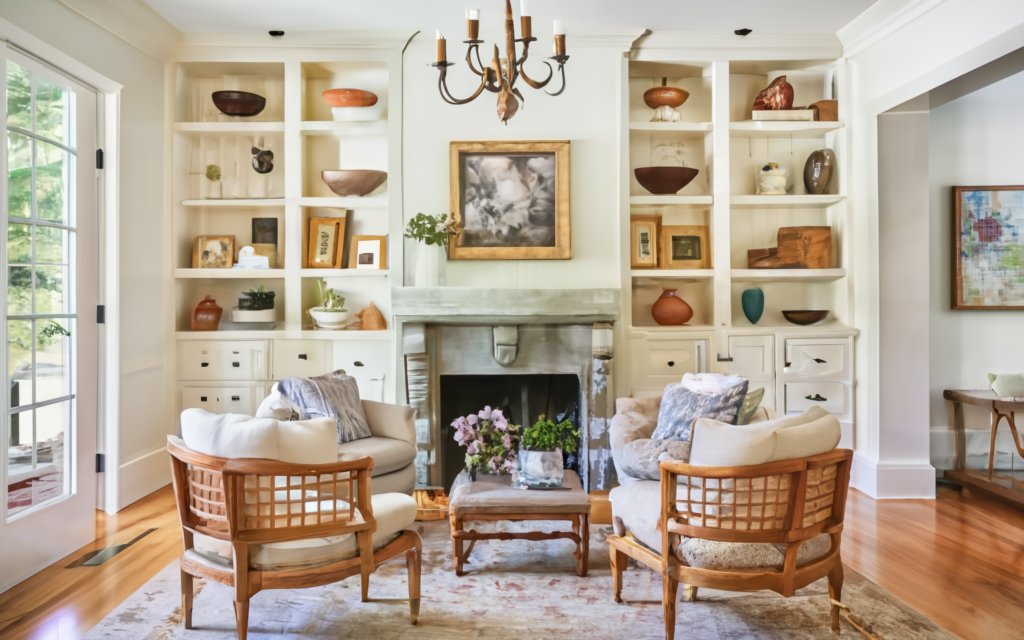Aging Gracefully at Home: Renovation Ideas for Comfort and Safety
Home is more than a place—it’s where memories are made, comfort is found, and life is lived. As we grow older, our needs and routines change, and so should our living spaces. Aging in place is about staying in the home you love, while ensuring it continues to support your health, safety, and independence.
Fortunately, thoughtful renovations can make your home not only safer but also more functional and beautiful. Whether you’re planning ahead or adjusting to current needs, these renovation ideas help create a home that grows with you.

The Heart of the Home: Kitchen Upgrades for Ease
The kitchen is often the most used room in the house, so it’s important to make it accessible and easy to navigate.
Ideas to consider:
- Pull-out shelves and drawers: Make it easier to reach pots, pans, and pantry items.
- Lever-style handles: Easier to operate than knobs, especially for arthritic hands.
- Counter height adjustments: Customize counters for seated or standing use.
- Slip-resistant flooring: Reduces the risk of falls in a high-traffic area.
- Under-cabinet lighting: Improves visibility during food prep.
Modern kitchens can also integrate smart appliances, such as ovens with safety shut-off features or refrigerators that alert you when items are running low. Touch-activated faucets and induction cooktops can add both convenience and safety.
Bathroom Safety: Where Function Meets Comfort
Bathrooms can pose a risk for slips and falls, but simple upgrades make a big difference.
Renovation ideas:
- Walk-in showers: With no-step entries, grab bars, and built-in seating.
- Non-slip tiles: Provide secure footing when wet.
- Raised toilets: Easier on knees and joints.
- Handheld showerheads: Offer greater flexibility and control.
- Ample lighting: Eliminate shadows and improve safety.
Adding features like anti-scald devices and motion-sensor lighting further enhances the safety and comfort of this essential space. Warm towel racks and heated flooring can also add a touch of luxury.
Smooth Transitions: Flooring and Mobility
Moving through the home should be easy and obstacle-free.
What to focus on:
- Widened doorways: Accommodate mobility aids like walkers or wheelchairs.
- Low-threshold transitions: Minimize steps between rooms and hallways.
- Durable, smooth flooring: Hardwood, vinyl, or low-pile carpet are safe and easy to maintain.
Eliminating trip hazards, such as throw rugs and uneven surfaces, is key. Consider installing handrails in hallways or areas with frequent movement.
Lighting the Way: Visibility and Ambiance
Good lighting isn’t just about aesthetics—it’s crucial for safety and comfort.
Lighting enhancements:
- Motion-sensor lights: Illuminate hallways and bathrooms automatically at night.
- Task lighting: In kitchens, reading areas, and workspaces.
- Adjustable fixtures: Control brightness levels for various needs.
Skylights and larger windows can introduce more natural light, reducing the need for artificial lighting during the day and boosting overall mood and wellness.
Accessible Entryways: First Impressions That Welcome
Coming and going should be safe and easy.
Upgrades to consider:
- Ramps or gradual slopes: Replace steps at entryways.
- Keyless entry systems: Eliminate the need for keys.
- Lever-style door handles: Easier grip for all ages.
- Adequate exterior lighting: Improves safety and visibility at night.
Covered entryways and no-step thresholds can also protect against the elements and offer smoother transitions indoors.
Smart Home Technology: Convenience at Your Fingertips
Technology can make daily tasks easier and provide added security.
Smart features:
- Voice-controlled systems: Manage lights, temperature, and entertainment.
- Video doorbells and security cameras: Monitor who’s at the door.
- Medical alert systems: Offer peace of mind in case of emergencies.
- Automated thermostats: Maintain a comfortable indoor climate effortlessly.
Apps and devices that allow remote monitoring of the home environment can also be helpful for family members or caregivers.
Outdoor Spaces: Enjoying Nature Safely
Spending time outdoors is beneficial for physical and mental health. Safe, accessible outdoor areas encourage activity and relaxation.
Outdoor upgrades:
- Smooth, level walkways
- Sturdy handrails on steps and decks
- Raised garden beds for easier gardening
- Comfortable, weather-resistant seating
- Shade structures to protect from sun exposure
A well-lit, accessible outdoor space invites more time in nature, promoting wellness and social interaction.
Planning Ahead: Future-Proofing Your Home
Aging in place is about anticipating future needs and creating flexibility.
Consider:
- Main floor living: Include a bedroom, full bathroom, kitchen, and laundry on one level.
- Flexible spaces: Rooms that can adapt over time (e.g., office to guest room to caregiver suite).
- Energy-efficient upgrades: Save on utilities and maintenance over time.
Designing with the future in mind helps avoid costly changes later and ensures comfort through all life stages.
Emotional Benefits: Staying in a Familiar Environment
Beyond the physical advantages, aging in place offers emotional and psychological benefits. Staying in a familiar setting can reduce stress, support memory, and maintain social connections within the community.
Personal touches, like family photos, heirlooms, and familiar furniture, help create a sense of security and continuity. These emotional comforts are just as important as physical safety.
Financial Considerations: Investing Wisely
While some renovations require an upfront investment, they can save money in the long run compared to the cost of assisted living or frequent moves. Additionally, many aging-in-place renovations increase property value.
Look into local or national programs that offer financial assistance for accessibility modifications, and consult with professionals to prioritize projects based on needs and budget.
Final Thoughts: Comfort, Safety, and Style
Aging in place doesn’t mean compromising on style or comfort. With thoughtful renovations, your home can evolve with you—supporting independence, enhancing safety, and creating spaces you love.
From accessible kitchens and bathrooms to smart home technology, these upgrades ensure that your home is not just a place to live, but a place to thrive. Aging gracefully at home is about more than just staying put—it’s about living well, with confidence, comfort, and joy.
With the right planning and the right team, your home can remain your sanctuary for years to come.




